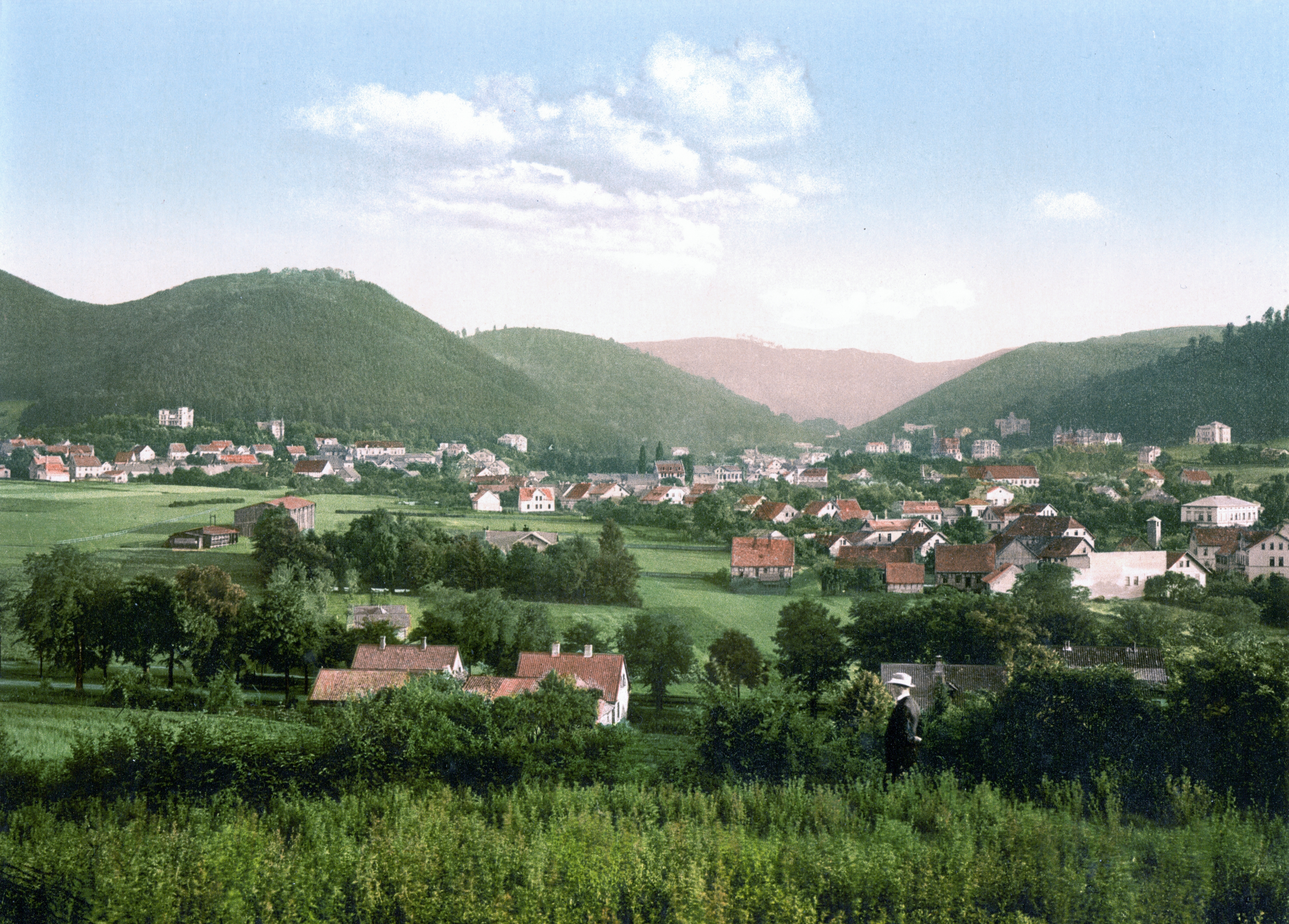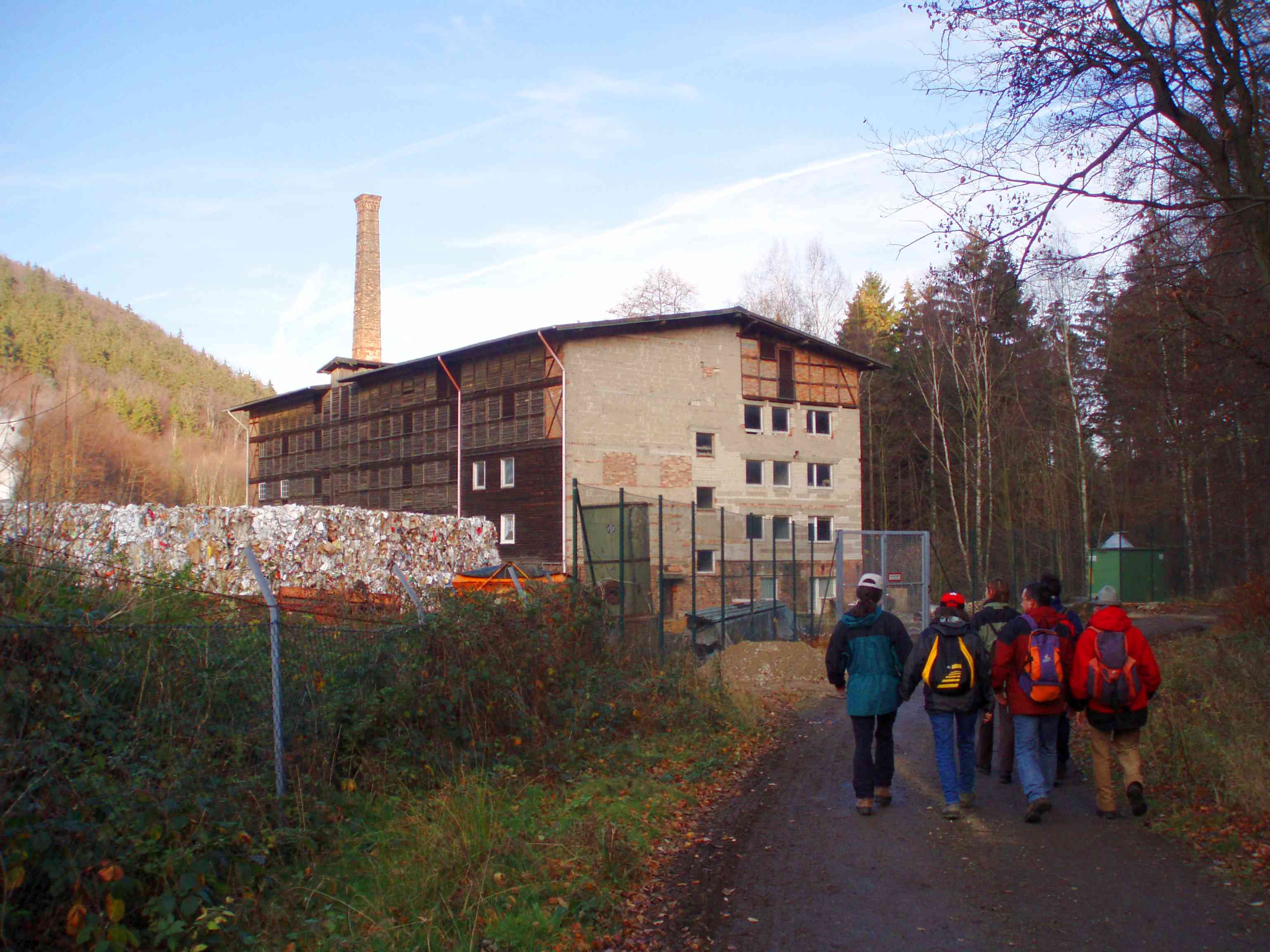|
Westerode (Bad Harzburg)
Westerode () is a village that forms a part (''Stadtteil'') of Bad Harzburg in the district of Goslar in Lower Saxony, Germany. As of 31 December 2020, Westerode had a population of 1,089. Geography Westerode is located north of the Butterberg and Bad Harzburg city. It is penetrated by the Maschbach, a contributing creek of the Ecker. Gallery St.-Nicolai-Kirche Westerode.JPG, Lutheran Lutheranism is one of the largest branches of Protestantism, identifying primarily with the theology of Martin Luther, the 16th-century German monk and Protestant Reformers, reformer whose efforts to reform the theology and practice of the Cathol ... St. Nicolai church Westerode Bad Harzburg November 2018.jpg, Westerode from the air References {{Authority control Goslar (district) Bad Harzburg ... [...More Info...] [...Related Items...] OR: [Wikipedia] [Google] [Baidu] |
Bad Harzburg
Bad Harzburg (; Eastphalian: ''Bad Harzborch'') is a spa town in central Germany, in the Goslar district of Lower Saxony. It lies on the northern edge of the Harz mountains and is a recognised saltwater spa and climatic health resort. Geography Bad Harzburg is situated at the northern foot of the Harz mountain range on the edge of the Harz National Park. To the east of the borough is the boundary between the states of Lower Saxony and Saxony-Anhalt, the former Inner German Border. The small ''Radau'' river, a tributary to the Oker, has its source in the Harz mountains and flows through the town. Nearby are the towns of Goslar to the west, Vienenburg to the north, Braunlage to the south and Ilsenburg and Osterwieck in the east. Bad Harzburg is rich in natural resources such as gabbro, chalk, gravel, and oolithic iron ore (former Hansa Pit), all of which are or were mined in today's city's area. Climatically Bad Harzburg is a transition zone to a pure alpine region with a pro ... [...More Info...] [...Related Items...] OR: [Wikipedia] [Google] [Baidu] |
Stadtteil
A quarter is a section of an urban settlement. A quarter can be administratively defined and its borders officially designated, and it may have its own administrative structure (subordinate to that of the city, town or other urban area). Such a division is particularly common in countries like Italy (), France (), Romania (), Georgia (, ''k'vart'ali''), Bulgaria ( bg, квартал, kvartal, Serbia ( / ), Croatia (). It may be denoted as a borough (in English-speaking countries), Spain (''barrio''), Portugal/Brazil (); or some other term (e.g. Poland (), Germany (), and Cambodia ( ''sangkat''). Quarter can also refer to a non-administrative but distinct neighbourhood with its own character: for example, a slum quarter. It is often used for a district connected with a particular group of people: for instance, some cities are said to have Jewish quarters, diplomatic quarters or Bohemian quarters. The Old City of Jerusalem currently has four quarters: the Muslim Quarter, Chr ... [...More Info...] [...Related Items...] OR: [Wikipedia] [Google] [Baidu] |
Goslar (district)
Goslar () is a district in Lower Saxony, Germany. It is bounded by (from the south and clockwise) the districts of Göttingen, Northeim, Hildesheim and Wolfenbüttel, the city of Salzgitter, and by the states of Saxony-Anhalt (district of Harz) and Thuringia (Nordhausen). History The history of the district is linked with the city of Goslar. The district of Goslar was established in the 19th century by the Prussian government. The city of Goslar did not belong to the district until 1972, when it was eventually incorporated into the district. Langelsheim merged 1 November 2021 with the three municipalities of the Samtgemeinde Lutter am Barenberge, which was abolished. Geography The region comprises the northwestern part of the Harz mountains. The Harz National Park is part of this district. The highest peak is the Wurmberg (971 m) near Braunlage, also being the highest elevation of Lower Saxony. Above the small town of Altenau there is the source of the Oker river, which runs thro ... [...More Info...] [...Related Items...] OR: [Wikipedia] [Google] [Baidu] |
Lower Saxony
Lower Saxony (german: Niedersachsen ; nds, Neddersassen; stq, Läichsaksen) is a German state (') in northwestern Germany. It is the second-largest state by land area, with , and fourth-largest in population (8 million in 2021) among the 16 ' federated as the Federal Republic of Germany. In rural areas, Northern Low Saxon and Saterland Frisian are still spoken, albeit in declining numbers. Lower Saxony borders on (from north and clockwise) the North Sea, the states of Schleswig-Holstein, Hamburg, , Brandenburg, Saxony-Anhalt, Thuringia, Hesse and North Rhine-Westphalia, and the Netherlands. Furthermore, the state of Bremen forms two enclaves within Lower Saxony, one being the city of Bremen, the other its seaport, Bremerhaven (which is a semi-enclave, as it has a coastline). Lower Saxony thus borders more neighbours than any other single '. The state's largest cities are state capital Hanover, Braunschweig (Brunswick), Lüneburg, Osnabrück, Oldenburg, Hildesheim, Salzgitt ... [...More Info...] [...Related Items...] OR: [Wikipedia] [Google] [Baidu] |
Germany
Germany,, officially the Federal Republic of Germany, is a country in Central Europe. It is the second most populous country in Europe after Russia, and the most populous member state of the European Union. Germany is situated between the Baltic and North seas to the north, and the Alps to the south; it covers an area of , with a population of almost 84 million within its 16 constituent states. Germany borders Denmark to the north, Poland and the Czech Republic to the east, Austria and Switzerland to the south, and France, Luxembourg, Belgium, and the Netherlands to the west. The nation's capital and most populous city is Berlin and its financial centre is Frankfurt; the largest urban area is the Ruhr. Various Germanic tribes have inhabited the northern parts of modern Germany since classical antiquity. A region named Germania was documented before AD 100. In 962, the Kingdom of Germany formed the bulk of the Holy Roman Empire. During the 16th ce ... [...More Info...] [...Related Items...] OR: [Wikipedia] [Google] [Baidu] |
Butterberg (Bad Harzburg)
The Butterberg is an elongated hill northeast of the spa town of Bad Harzburg in Goslar (district), Goslar district, in the Germany, German state of Lower Saxony. Its long crest, which since 1952 is protected as a nature reserve, reaches a height of . Part of the northern Harz foothills, the hill is located north of the Harz Nature Park at the rim of the Harz National Park. The Butterberg is part of the Harz - Brunswick Land - Eastphalia National Geopark; its steeply inclined strata belong to the Northern Harz Boundary Fault. In the west, the hill is bounded by the Radau river and the parallel ''Bundesstraße 4'' highway. The mountain-ridge path offers scenic views to the Harz mountains and over the North German Plain. The name ''Butter'' is associated with Low German ''buten'' (i.e. "outside", c.f. ''Buten'' and ''binnen''). These are therefore hills lying outside or on the edge of given places. There are many other "Butterberg" hills in German-speaking regions. See also *List of ... [...More Info...] [...Related Items...] OR: [Wikipedia] [Google] [Baidu] |
Ecker
The Ecker is a , right-hand, southeast tributary of the Oker which runs mainly through the Harz mountains in the German states of Saxony-Anhalt and Lower Saxony. Course From its source to Abbenrode the Ecker is a border river, today running between the federal states of Saxony-Anhalt and Lower Saxony. Prior to German reunification this was also the border between the German Democratic Republic in the east and Federal Republic of Germany to the west. The Ecker rises around southwest of the Brocken at at the ''Eckersprung''. Until the border was reopened it was the end of the Goethe Way (''Goetheweg'') from Torfhaus. Today there is a large picnic area with toilets at the ''Eckersprung''. Along a steep, rocky bed, the Ecker initially flows to the Ecker Dam, then through the deeply incised Ecker valley towards the north-northeast, where it passes the Ahlsburg, and then leaves the Harz. The upper Ecker valley is part of the Harz National Park. Only the site of the paper facto ... [...More Info...] [...Related Items...] OR: [Wikipedia] [Google] [Baidu] |
Lutheranism
Lutheranism is one of the largest branches of Protestantism, identifying primarily with the theology of Martin Luther, the 16th-century German monk and Protestant Reformers, reformer whose efforts to reform the theology and practice of the Catholic Church launched the Reformation, Protestant Reformation. The reaction of the government and church authorities to the international spread of his writings, beginning with the ''Ninety-five Theses'', divided Western Christianity. During the Reformation, Lutheranism became the state religion of numerous states of northern Europe, especially in northern Germany, Scandinavia and the then-Livonian Order. Lutheran clergy became civil servants and the Lutheran churches became part of the state. The split between the Lutherans and the Roman Catholics was made public and clear with the 1521 Edict of Worms: the edicts of the Diet (assembly), Diet condemned Luther and officially banned citizens of the Holy Roman Empire from defending or propagatin ... [...More Info...] [...Related Items...] OR: [Wikipedia] [Google] [Baidu] |




.jpg)